May 3, 2024 | 17:47 GMT +7
May 3, 2024 | 17:47 GMT +7
Hotline: 0913.378.918
May 3, 2024 | 17:47 GMT +7
Hotline: 0913.378.918
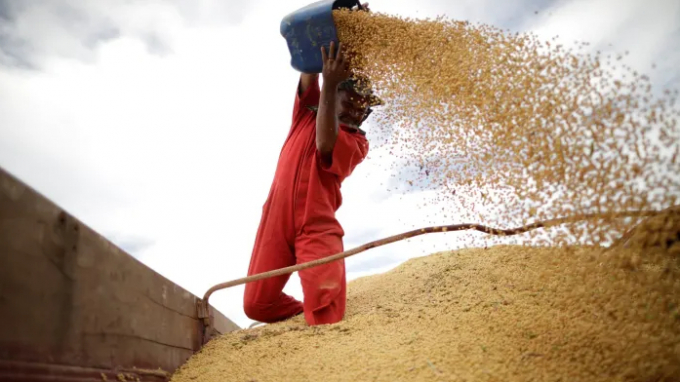
A worker inspects soybeans during the soy harvest near the town of Campos Lindos, Tocantins, Brazil. Photo: Reuters
Brazilian soybean farmers are keeping their crops instead of selling them because they expect prices to rise further as global supplies tighten, according to brokers, buyers, and sellers in the world’s largest producer and exporter of the oilseed.
Another reason for crop hoarding is the fear the La Niña weather phenomenon could limit the next crop in South America, farmers and brokers said. They also cited escalating domestic political tensions that could weaken the country’s currency, the real, over the next few months.
Farmers hope to force exporters and the local processing industry to pay more. This, in turn, could feed international worries about food inflation by further boosting global soy and corn prices that hit eight-year highs earlier this year.
In southern states like Rio Grande do Sul and Paraná, farmers still have a combined 12.4 million tonnes of soybeans from the 2021 crop to sell, according to early August estimates from agribusiness consultancy Safras&Mercado. That represented about half of Brazil’s nearly 25 million tonnes left from the 2021 cycle.
Luis Fucks, a farmer in Rio Grande do Sul, said growers are in no hurry to sell, and hope prices can reach $14 per bushel. Decio Teixeira, in the same state, said some growers are expecting quotes to return to 170 reais ($32.85) per 60-kilo bag before closing deals again, adding he kept “a large portion of his crop” to negotiate later.
La Niña typically brings dry weather to South America.
“Nowadays it seems having grains in the hand is safer than having a currency,” Teixeira said.
Iuri Gomes, from Paraná-based brokerage firm Origem, said soy inventories in Southern Brazil are larger than forecast. He said local soy crushers are willing to pay more than the export markets for soy, with higher domestic premiums seen as the only way to entice farmers to accept bids.
That could limit the amount of soy Brazil has to export to China, its top buyer by far. Earlier this month, the Brazilian government cut its soy export forecast to 83.4 million tonnes in 2021.
After years of a global grain glut, Brazilian farmers were able to capitalize on prices that started to rise in the second half of 2020 on concerns over the U.S. and South American crops and strong demand from China.
“Soy farmers are happy and with all of their bills paid,” Gomes said. “Right now they are watching the market scramble to grab some of their grain.”
In Rio Grande do Sul, one of Brazil’s top soybean states, farmers had sold 62% of their 2021 soy crop through Aug. 6, 11 percentage points below the historical average, Safras data showed. In neighboring Paraná, farmers traded in 78% of their 2021 soybeans, two points below a five-year average.
Both states are expected to harvest a combined 42.2 million tonnes of soy in 2022, but only around 12% of their combined future crop has been committed for sale, according to Safras, below the historical average.
By August of last year, Rio Grande do Sul had presold an estimated 27% of its future soy crop and Paraná 45%. ($1 = 5.1748 reais) (Reporting by Ana Mano. Editing by Caroline Stauffer and David Gregorio.)
U.S. corn futures fell for a fourth straight session on Thursday and hit their lowest in nearly two months, weighed down by concerns about export delays from the United States.
FUNDAMENTALS
* The most-active corn futures on the Chicago Board Of Trade were down 0.8% at $5.18-1/2 a bushel by 0207 GMT, near the session low of $5.18 a bushel - the weakest since July 12. Corn closed down 2.2% in the previous session.
* The most-active soybean futures were down 0.2% at $12.75 a bushel, having closed down 1.1% on Wednesday - when prices hit a June 28 low of $12.70 a bushel.
* The most-active wheat futures were down 0.4% at $7.10-3/4 a bushel, having closed down 1.1% on Wednesday.
* Commodity funds hold net long positions in Chicago Board of Trade corn and soybean futures, leaving both markets vulnerable to bouts of long liquidation.
* Grain shippers on the U.S. Gulf Coast reported more damage from Hurricane Ida to their terminals on Wednesday as Cargill Inc confirmed damage to a second facility, while power outages across southern Louisiana kept all others shuttered.
* Forecasts pointed to moderate weather for Midwest corn and soy crops, including rain in some dry northwestern zones, as attention turns to harvesting that is getting under way.
* Russian agriculture consultancy Sovecon said on Tuesday it had cut its forecast for Russia's 2021 wheat crop to 75.4 million tonnes from 76.2 million tonnes because of low spring wheat yields.
MARKET NEWS
* The dollar loitered around multi-week lows on Thursday, pressured by softer-than-expected U.S. labour data as traders awaited a fuller jobs readout, which is expected to guide the timing of Federal Reserve's pullback in bond buying.
* Oil prices fell after OPEC+ agreed to keep its policy of gradually returning supply to the market at a time when coronavirus cases around the world are surging and many U.S. refiners, a key source of crude demand, remained offline.
* World stock markets closed at new highs on Wednesday as investors looked beyond weak economic data that weighed on the dollar to focus on the likely continuation of massive central bank stimulus measures.
(Reuters)
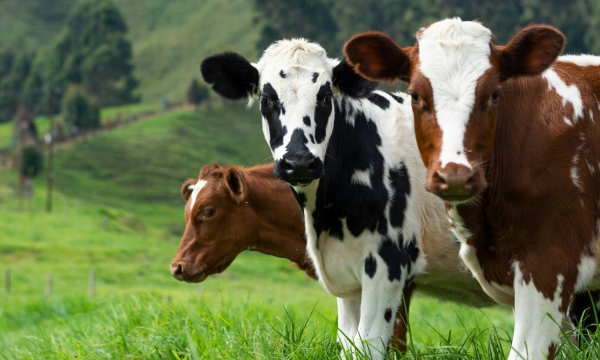
(VAN) Representatives with multiple agencies including the CDC, the United States Department of Agriculture and the Food and Drug Administration on May 1 discussed the latest news about bird flu in the U.S.
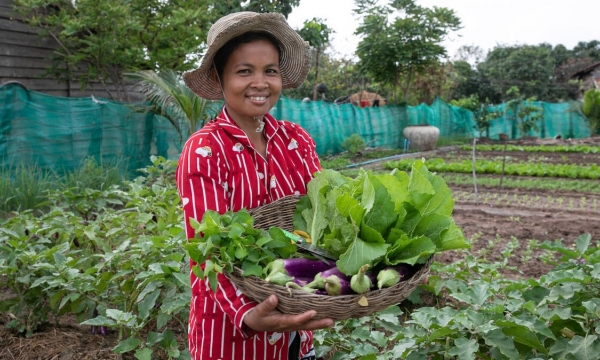
(VAN) Approved by the UN General Assembly, it will increase awareness of the crucial role women farmers play in agrifood systems.
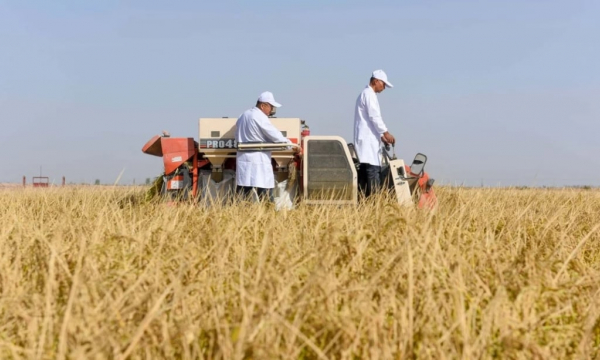
(VAN) Chinese scientists have cut the growth cycle of a conventional rice variety in half in a desert greenhouse in Xinjiang, a welcome agricultural innovation for Beijing as it seeks new methods to ensure food security.
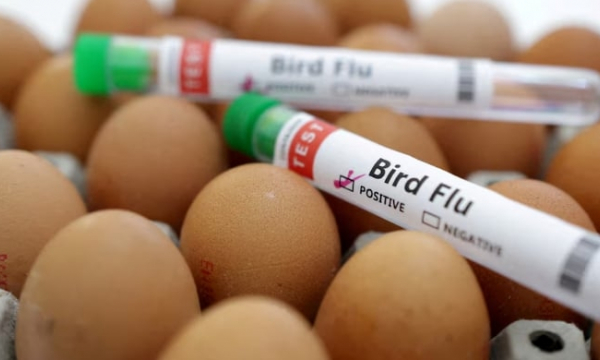
(VAN) Preliminary results of tests on additional dairy products show that pasteurization inactivates the bird flu virus, the U.S. Food and Drug Administration said on Wednesday.

(VAN) At UNGA-ECOSOC event, FAO Deputy Director-General emphasizes the key role of anticipatory action in protecting and equipping communities ahead of shocks.
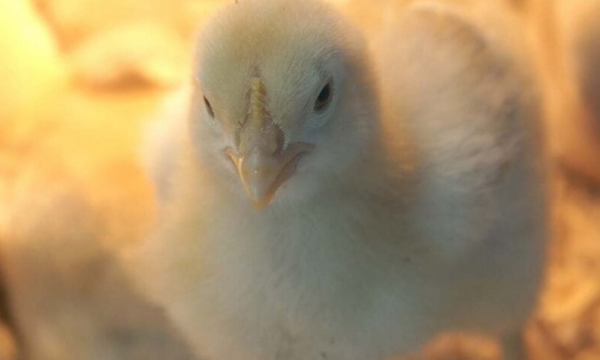
(VAN) Despite protein reduced poultry feed – better performance parameters and less burden for the environment!
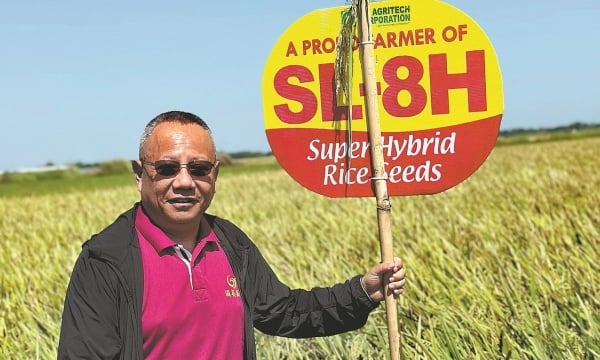
(VAN) The increased yields of a hybrid rice strain developed in China have helped countries participating in the Belt and Road Initiative to bolster their food security.